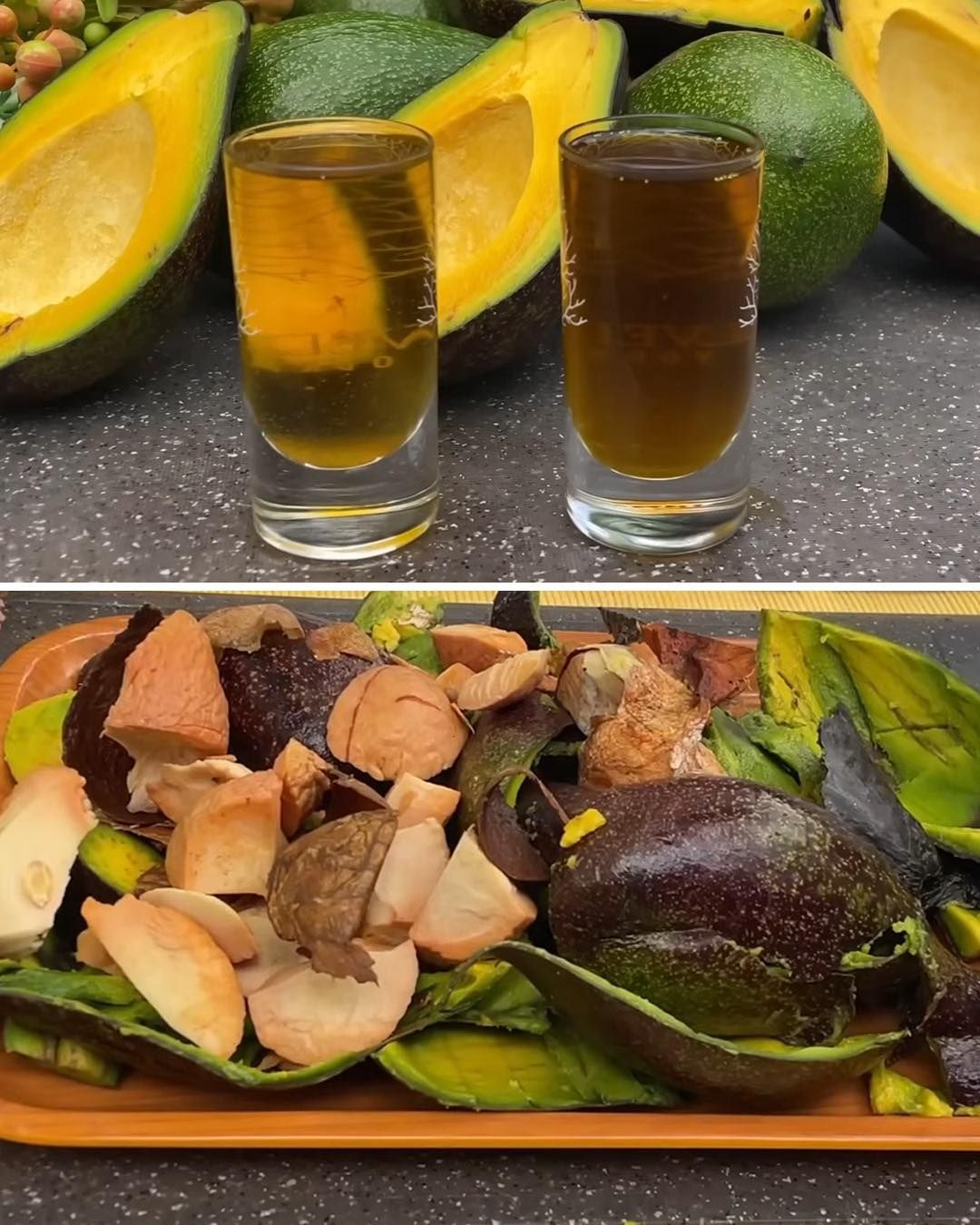Avocado oil is renowned for its myriad benefits, spanning culinary delights to skincare wonders. While store-bought versions are readily available, crafting your own avocado oil at home using leftover skins and seeds is an eco-friendly and rewarding endeavor. This guide will walk you through the process, ensuring you harness every drop of this nutrient-rich elixir.
Why Opt for Homemade Avocado Oil?
Commercial avocado oil can be pricey and may undergo processing that diminishes its natural nutrients. By producing it at home, you ensure a pure, unrefined product. Moreover, repurposing avocado scraps reduces waste, aligning with sustainable living practices.YouTube+5Alphafoodie+5YouTube+5
Essential Materials:
- Skins and seeds from 4-5 avocados
- Sharp knifeYouTube+4Log in or sign up to view+4YouTube+4
- Clean glass jar with a lid
- High-quality carrier oil (e.g., extra virgin olive oil, coconut oil, or sunflower oil)
- Strainer or cheeseclothSeasoned Advice+1YouTube+1
- RefrigeratorLog in or sign up to view
Step-by-Step Extraction Process:
- Preparation of Avocado Scraps:
- After enjoying your avocados, set aside the skins and seeds.
- Thoroughly wash them to eliminate any residual fruit, ensuring cleanliness to prevent contamination.
- Processing the Seeds and Skins:
- Carefully chop the avocado seeds into smaller fragments. This increases the surface area, facilitating better infusion.
- Similarly, tear the skins into smaller pieces.YouTube+2YouTube+2YouTube+2
- Infusing the Oil:
- Place the chopped seeds and skins into the clean glass jar.
- Pour your chosen carrier oil over them, ensuring complete submersion.
- Seal the jar tightly and store it in the refrigerator for approximately one week. This cool environment aids in the infusion process, allowing the carrier oil to absorb the beneficial compounds from the avocado scraps.
- Straining the Oil:
- After the infusion period, use a strainer or cheesecloth to separate the oil from the solid remnants.
- Transfer the strained oil into a clean container, ready for use.
Benefits of Avocado Oil:
Avocado oil is a powerhouse of nutrients:Reddit
- Rich in Oleic Acid: Predominantly composed of heart-healthy monounsaturated fats.
- Antioxidant Properties: Contains lutein, beneficial for eye health.Alphafoodie
- Skin and Hair Care: Its moisturizing properties make it ideal for skincare routines and hair treatments.
Culinary Uses:
With a high smoke point, avocado oil is versatile in the kitchen:
- Cooking: Suitable for frying, sautéing, and roasting.
- Salad Dressings: Adds a subtle, buttery flavor to salads.
- Baking: Can be used as a healthier alternative to other oils.
Skincare Applications:
Beyond the kitchen, avocado oil offers numerous benefits for the skin:
- Moisturizer: Deeply hydrates dry skin.
- Anti-Inflammatory: Soothes irritated skin conditions like eczema and psoriasis.
- Wound Healing: Promotes faster healing of minor cuts and abrasions.
Haircare Benefits:
Incorporate avocado oil into your haircare regimen:
- Scalp Health: Massaging the scalp with avocado oil can reduce dandruff.
- Hair Strengthening: Nourishes hair strands, reducing breakage.
- Shine Enhancement: Adds a natural shine to dull hair.
Safety Precautions:
- Allergy Test: Before topical application, conduct a patch test to ensure no allergic reactions.YouTube+2YouTube+2YouTube+2
- Storage: Store the oil in a cool, dark place to maintain its efficacy.
- Usage: Use within a few months to enjoy its full benefits.Alphafoodie
Conclusion:
Crafting avocado oil from scraps is a sustainable and rewarding process. Not only do you reduce waste, but you also gain a versatile oil rich in nutrients beneficial for both culinary and cosmetic applications. Embrace this DIY approach and unlock the myriad benefits of homemade avocado oil.
For a visual guide on making avocado oil at home, you might find this video helpful:

